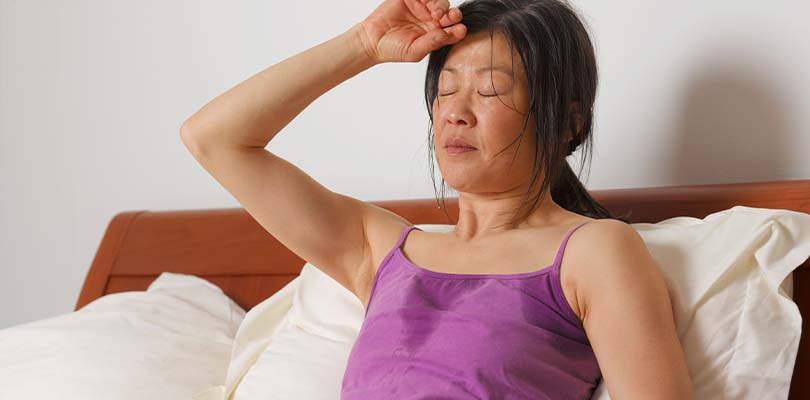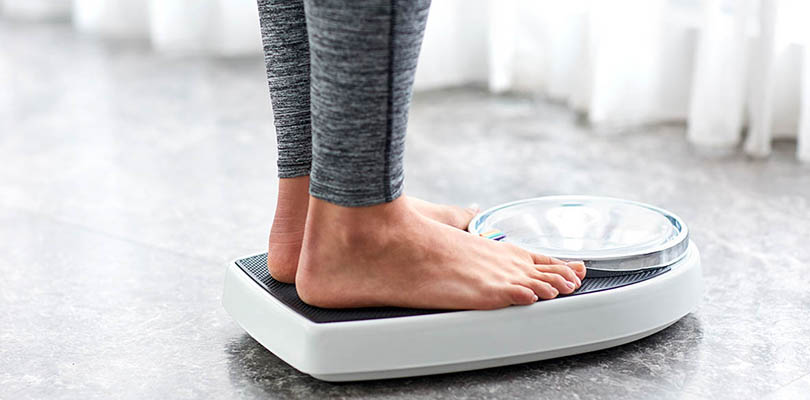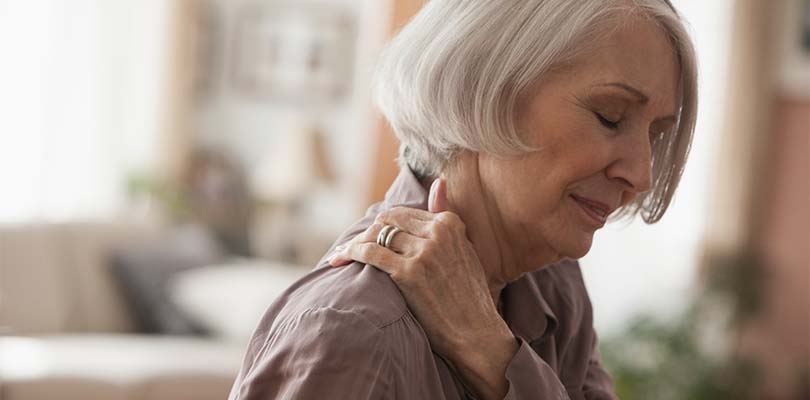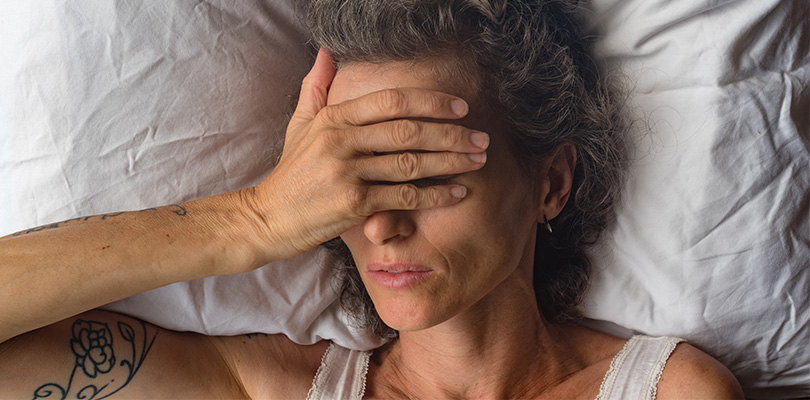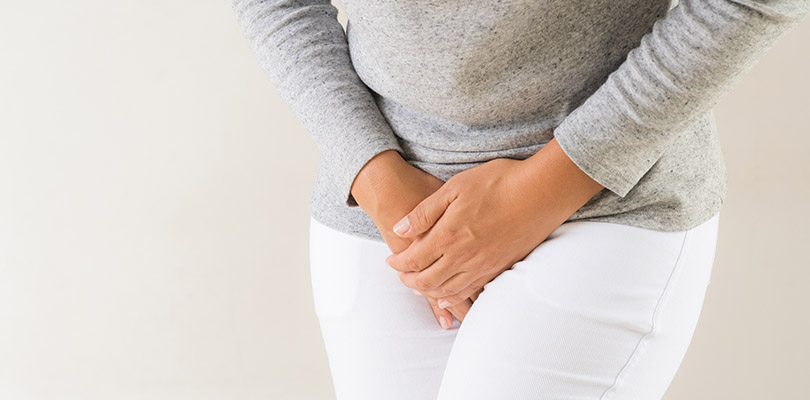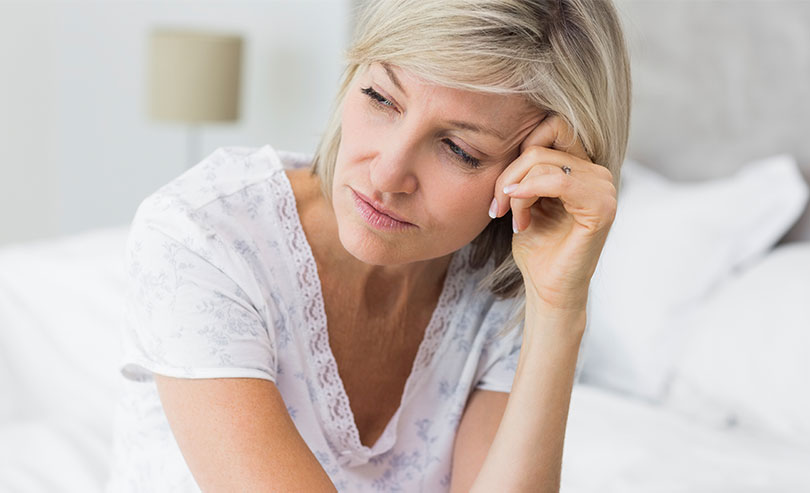Understanding Menopause Stages
Menopause is a natural occurrence in a woman’s life, which typically begins between the ages of 35 to 55. During this time, the ovaries get smaller and stop producing reproductive hormones, including estrogen and progesterone, which are responsible for controlling the menstrual cycle. Menopause marks the end of a woman’s menstrual cycle and fertility, and this happens in menopause stages.
Stages of Menopause
The process of menopause happens slowly and is divided into three stages:
- Stage 1: perimenopause (before menopause)
- Stage 2: menopause (during menopause)
- Stage 3: postmenopause (after menopause)
Stage 1 - Perimenopause
This is the earliest stage of menopause and typically occurs about three to five years before full menopause sets in. During this stage, a woman's monthly period becomes unpredictable and can even stop for several months, before returning again. Some women may experience perimenopause during their late 30s or early 40s. Women in perimenopause can still become pregnant, so using appropriate birth control is advised if pregnancy is not wanted.
Symptoms of Perimenopause
From the onset of this stage, a woman will likely experience a variety of symptoms:
- Irregular periods. The normal cycle many women is about 28 days. During perimenopause, it becomes irregular due to fluctuating hormone levels.
- Vaginal dryness. This is as a result of low sex hormone (estrogen) production in women who are passing through this stage.
- Hot flashes. These are sudden feelings of warmth, usually in the upper body; typically, worse in the chest, neck and face, and are accompanied by profuse sweating.
- Chills. Chills refer to a feeling of being cold without an apparent cause, usually accompanied by shivering.
- Night sweats. Night sweats occur during this stage because the changing hormone levels affect the body's ability to control temperature properly.
- Sleep problems. Most women start experiencing sleep difficulties during this phase.
- Mood changes. The hormone fluctuations and accompanying symptoms can have a significant impact on a women’s mood, which may lead to mood changes, including irritability.
- Weight gain. The hormonal changes during perimenopause might make a woman more likely to gain weight, especially around the abdomen, hips and thighs.
- Thinning hair. Hair loss during this stage is a result of reduced or insufficient production of estrogen and progesterone. These hormones also help hair grow faster and stay on the head for a longer period of time. When estrogen and progesterone levels drop, hair grows slowly and becomes much thinner.
- Loss of breast fullness. During perimenopause, the hormonal fluctuations are more dramatic. Breasts tend to get bigger or smaller or change in shape during this period. Most women tend to loose the fullness of their breasts during this stage.
Coping With the Perimenopause Stage
Passing through the perimenopause stage can be difficult due to the array of symptoms a woman may experience. However, there are various options for women to manage the uncomfortable symptoms that they may experience.
For vaginal dryness, try Kegel exercises to strengthen the pelvic floor muscles. You can also try lubricants to prevent vaginal tears and micro damage during sex.
Menopause weight gain is typically caused by slowing of the metabolism, genetic factors, drops in estrogen levels, and other aging factors.
To prevent weight gain, make sure to eat a healthy diet, one that includes fresh fruits and vegetables. Also, make sure you stay hydrated and keep an exercise routine.
Hot flashes can be another issue. When these happen, make sure to breathe slowly and avoid hot environments that can trigger hot flashes. It’s also good to avoid spicy food, drink plenty of water and dress in layers, in case a hot flash hits and you need to take some layers off.
With menopause can come insomnia. To ensure adequate sleep, bathe before bed, use sedatives if needed and meditate to relax your mind.
While menopause can create physical symptoms, people can also be affected emotionally and mentally. Meditation is also a good technique in regard to this, as it helps create a clear, calm mind. Exercise can also help to reduce stress. Make sure to confide in friends and family, as a strong support system is necessary. Also, make sure to fill your passion tank with hobbies and do things you love, such as cooking, crafting, gardening and more.
Stage 2 – Menopause
Menopause is when the last menstrual period happens. Typically, menopause occurs between the ages of 50 to 52. The most common symptoms during this stage are hot flashes, night sweats and mood swings. You can apply the same coping techniques above-mentioned for the perimenopause stage and apply it to the menopause stage as well.
Stage 3 – Postmenopause
Once a woman has gone 12 months without a period, she is considered to be in the postmenopausal period. During this stage, a woman's shifting hormones gradually settle into a more stable balance. During postmenopause, symptoms like hot flashes and other menopausal symptoms will reduce.
However, due to the reduced estrogen level, certain conditions are most likely to rise among postmenopausal women:
- Osteoporosis
- Heart disease
- Diabetes
- Autoimmune disorders
- Joint pain
- Hepatitis C
- Gout
- Urinary tract infections
- Vaginal atrophy
- Gum disease
Coping With Postmenopause
To ease symptoms of postmenopause, women can try:
- Consuming a healthy diet
- Staying adequately hydrated
- Getting enough sleep
- Practicing meditation
- Regularly exercising
- Maintaining a strong social support system
- Attending regular physician appointments
In Conclusion
While menopause can be a difficult and uncomfortable transitional period in a person’s life, there are various treatment options available to help manage symptoms. In this article we have outlined some of the things people can try to reduce their symptoms and improve their quality of life. However, for some people, more aggressive treatment methods, including hormonal therapy and antidepressants, may be necessary to get symptoms under control.
